It's Time to End the EV Racket!
Because of their modern designs, we might be led to believe that electric cars are technological marvels. But, really, most of the purported conveniences and innovations of new EVs are already available in most standard gas-powered cars at a far cheaper price. EVs are, at best, a lateral technology for most consumers (if you never plan on driving in the cold or long distances, that is).
Yet, judging from the number of EV spots on television, which have increased by nearly 400% over the past few years, you'd think that Americans were clamoring to buy them. EV sales have risen only a fraction of the percentage since last year despite the endless good press, the endless ads and the endless government subsidies.
Even with over a decade of government help, EVs make up around 9% of all new car sales. And most of these are sold to the wealthy (and government fleets).
Electric vehicles are status symbols for the upper class.
It's unsurprising that Ford projected recently that it would lose $5.5 billion on its electric cars this year. In other words, Ford's profits could spike by 50% if it stopped making EVs.
Last year, the company lost another $5 billion, or around $60,000 on every one of the 20,962 EVs it sold.
In 2023, Ford lost $4.7 billion on EVs.
In 2022, Ford lost $2.2 billion on EVs.
You see the trend.
What kind of sane corporation continues manufacturing a product that loses more money per unit every year and undermines shareholder profits? Well, one that ignores market signals and reacts to distorted government incentives.
Ford, of course, knows that when the EV bubble bursts, they'll be bailed out by taxpayers. Why not? They were strong-armed by the Biden administration to pledge that 40%-50% of all new cars sold by 2030 would be EVs.
The Environmental Protection Agency's greenhouse gas emissions standards demand that all carmakers make 32% of new sales of EVs and hybrids by 2027. By 2032, no more than 29% of new sales can be gas-powered.
Good luck with that!
As of right now, every major car company other than Tesla loses money on electric vehicles. Honda and General Motors have canceled plans to make new EV models because there's no demand. Toyota cut global EV production by a third.
A few years back, a study by the Texas Public Policy Foundation found that the average EV would cost an additional $48,698 if it weren't for government credits and subsidies. Imagine how few EVs would be sold if consumers were asked to pony up another nearly $50,000 to buy them?
Even EV stocks, which have significantly fallen from their historic highs, are still artificially propped up by the knowledge that the state will let the industry fail. And it's not just the cars themselves. There are so many government credits, grants and loans associated with the EV boondoggles like battery factories and charging stations that it's difficult to keep track.
We keep pumping more dollars into this bubble. Even with endless state inducements, companies like Canoo (which lost $900 million and produced a grand total of 122 cars), Fisker (which filed bankruptcy twice, failing to pay back a $139 million federal loan), Lordstown Motors (which blew through hundreds of millions of dollars, including Ohio taxpayer money, and manufactured 56 electric SUVs total), to name a few EV-related companies, have filed for bankruptcy.
Many of them fail to make taxpayers whole.
Before leaving office, Biden handed a $6.6 billion low-interest "loan" to EV maker Rivian so it could finish building a Georgia factory it promised (though it's something of a stretch to call the company an EV maker, since it can barely do it).
Let's face it, those Solyndra guys were pikers.
The Department of Energy doesn't lend money to Solyndra or Rivian because these companies have the best people, the best ideas or the best chance of creating self-sustaining jobs. They lend it to companies because state central planners like the idea of solar and EVs to combat an imaginary climate emergency.
Now, if people want to buy electric cars, of course they should be able to. I know people who love them -- the quiet engine, the quick acceleration, the way they look. One assumes there would be a profitable niche market for EVs if the industry significantly scaled back production.
Let's find out. Because taxpayers shouldn't be subsidizing their rides.
=========
David Harsanyi is a senior writer at the Washington Examiner. Harsanyi is a nationally syndicated columnist and author of five books -- the most recent, "The Rise of Blue Anon," available now. His work has appeared in National Review, the Wall Street Journal, Washington Post, Reason, New York Post and numerous other publications. Follow him on X @davidharsanyi.
Copyright 2025 Creators Syndicate, Inc.

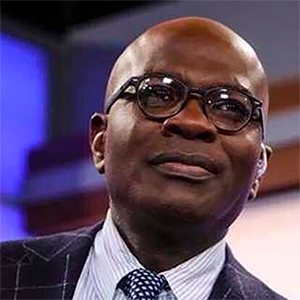










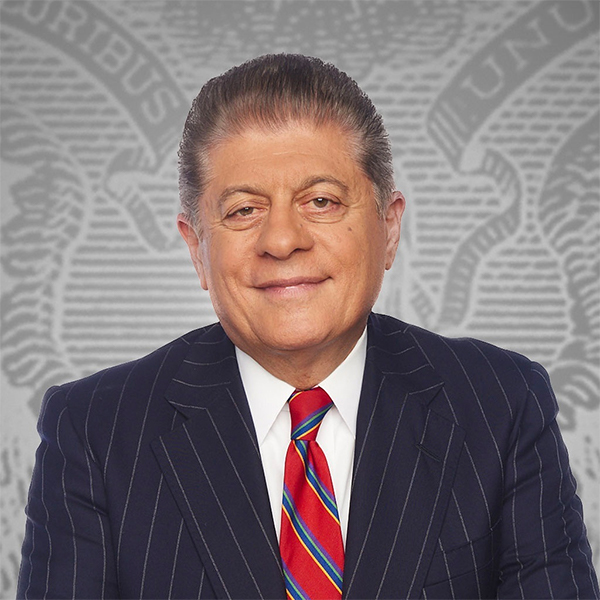


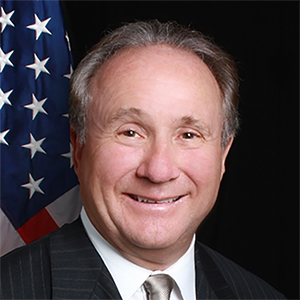

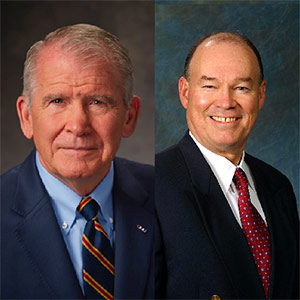
















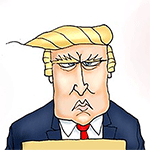

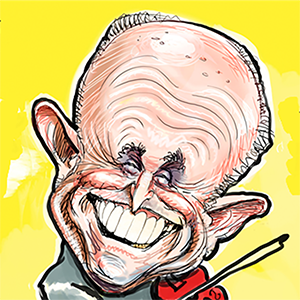
Comments